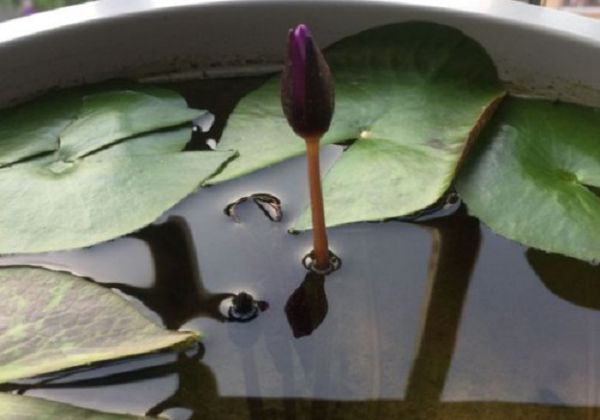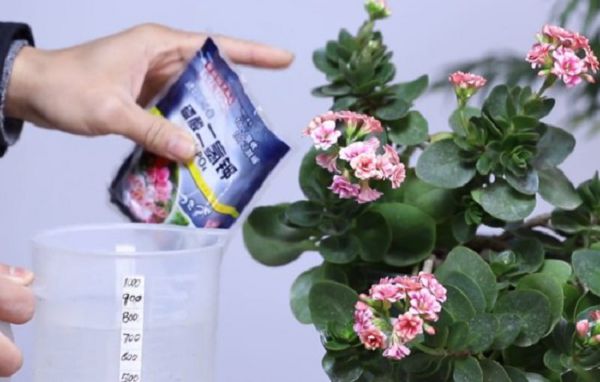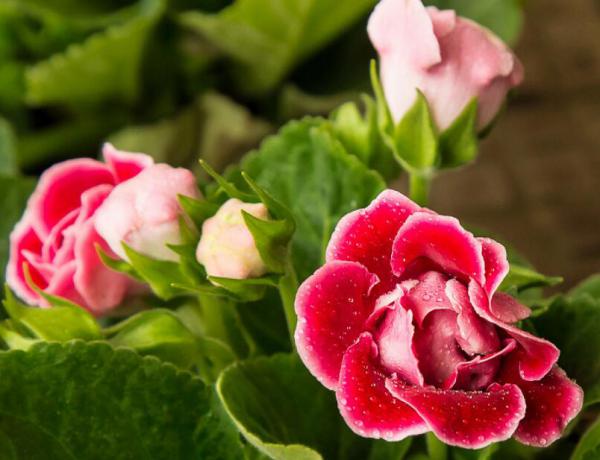What kind of fertilizer is used for water lily base fertilizer?

The ornamental value of potted water lilies is very high, but the pot environment is often limited by space, and the nutrients in the basin mud are also very limited, and water lilies are more fertilizer-loving flower plants, so timely replenishment of nutrients is very important for its growth and flowering. First of all, we have to apply sufficient base fertilizer when planting in the pot, so what about it?
Pot culture of water lilies is generally recommended to use pond mud as a substrate, because pond mud is not only very soft, very conducive to the extension and distribution of water lily roots, but also very rich and comprehensive nutrients in pond mud, it is better to use it to raise water lilies. But as a base fertilizer, we also need to choose a suitable fertilizer, not all fertilizer can be used to make the base fertilizer of water lilies.
The materials used to make base fertilizer for flowers and plants can traditionally use animal hooves or farm organic manure that has been fermented and rotted. Common farm organic fertilizers can be egg shells, animal bones, bean cake oil dregs, animal feces and so on. However, the dosage must be controlled before use, and it should not be in direct contact with the roots of the plant, otherwise it may cause fertilizer damage.
However, it is worth noting that although water lilies are fertile and flowering plants, they even need fertilization to blossom smoothly. However, it is very sensitive to fertilizer, if insufficient fertilizer is used, it will not only affect its normal growth, but also seriously inhibit flowering, so if it is raised in a family pot, it is recommended to apply sufficient base fertilizer; however, if you use too much fertilizer or if you are in direct contact with the fertilizer and the plant, it is also easier to burn the roots of the plant.
For potted water lilies, if we use pond mud as the substrate and apply sufficient base fertilizer at the initial stage of growth, there will be very little topdressing at the later stage, even without topdressing. Just wait until near flowering to apply some potassium dihydrogen phosphate to ensure that beautiful flowers bloom smoothly as scheduled. The application of base fertilizer to water lilies is generally carried out at the early stage of growth. When planting in the basin, there is no need to apply fertilizer in the basin mud, and it is not suitable to apply fertilizer.
Of course, in addition to using the fertilizer types listed above as the base fertilizer or base fertilizer for water lilies, we can also use compound fertilizer and phosphorus and potassium fertilizer. however, it is generally necessary to wait until the standing leaves of the plant to start applying nitrogen, phosphorus and potassium fertilizer to ensure that the plant can grow better. If we do not apply base fertilizer for water lilies in the early stage, we must strengthen topdressing in the later stage, so as to ensure that the plant can grow well and blossom smoothly.
- Prev

The longevity flower needs to master the skill of fertilizing, so that it can blossom vigorously and blossom.
The longevity flower needs to master the skill of fertilizing, so that it can blossom vigorously and blossom.
- Next

Common diseases and control methods of paulownia
Common diseases and control methods of paulownia
Related
- Fuxing push coffee new agricultural production and marketing class: lack of small-scale processing plants
- Jujube rice field leisure farm deep ploughing Yilan for five years to create a space for organic food and play
- Nongyu Farm-A trial of organic papaya for brave women with advanced technology
- Four points for attention in the prevention and control of diseases and insect pests of edible fungi
- How to add nutrient solution to Edible Fungi
- Is there any good way to control edible fungus mites?
- Open Inoculation Technology of Edible Fungi
- Is there any clever way to use fertilizer for edible fungus in winter?
- What agents are used to kill the pathogens of edible fungi in the mushroom shed?
- Rapid drying of Edible Fungi

